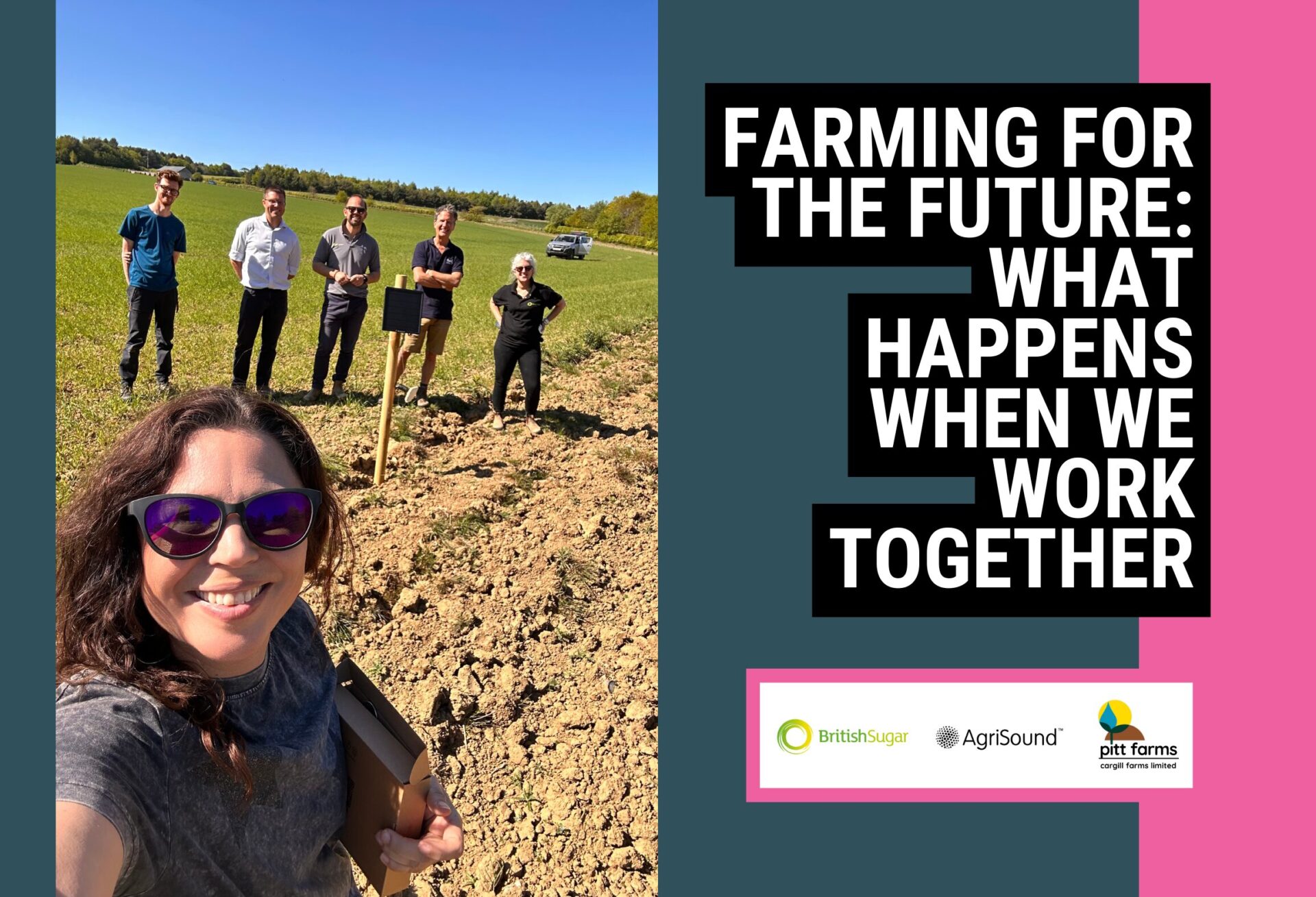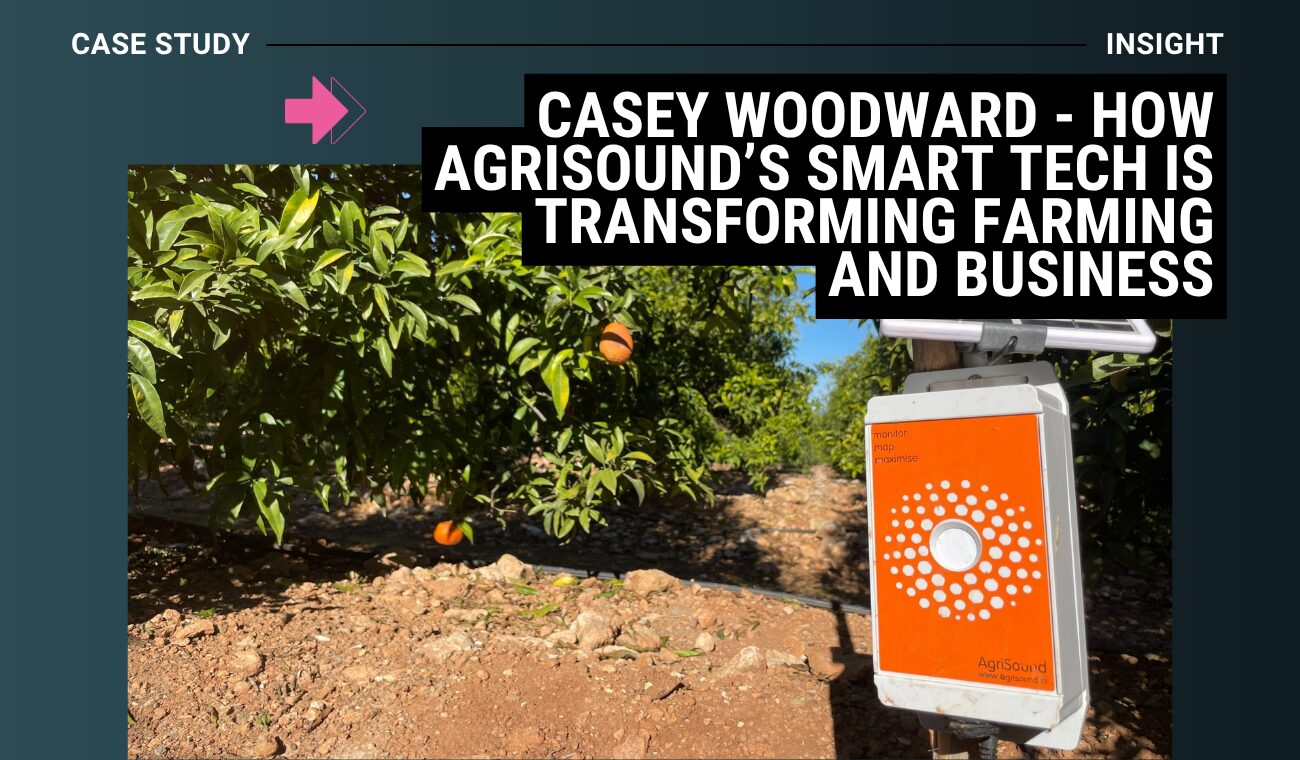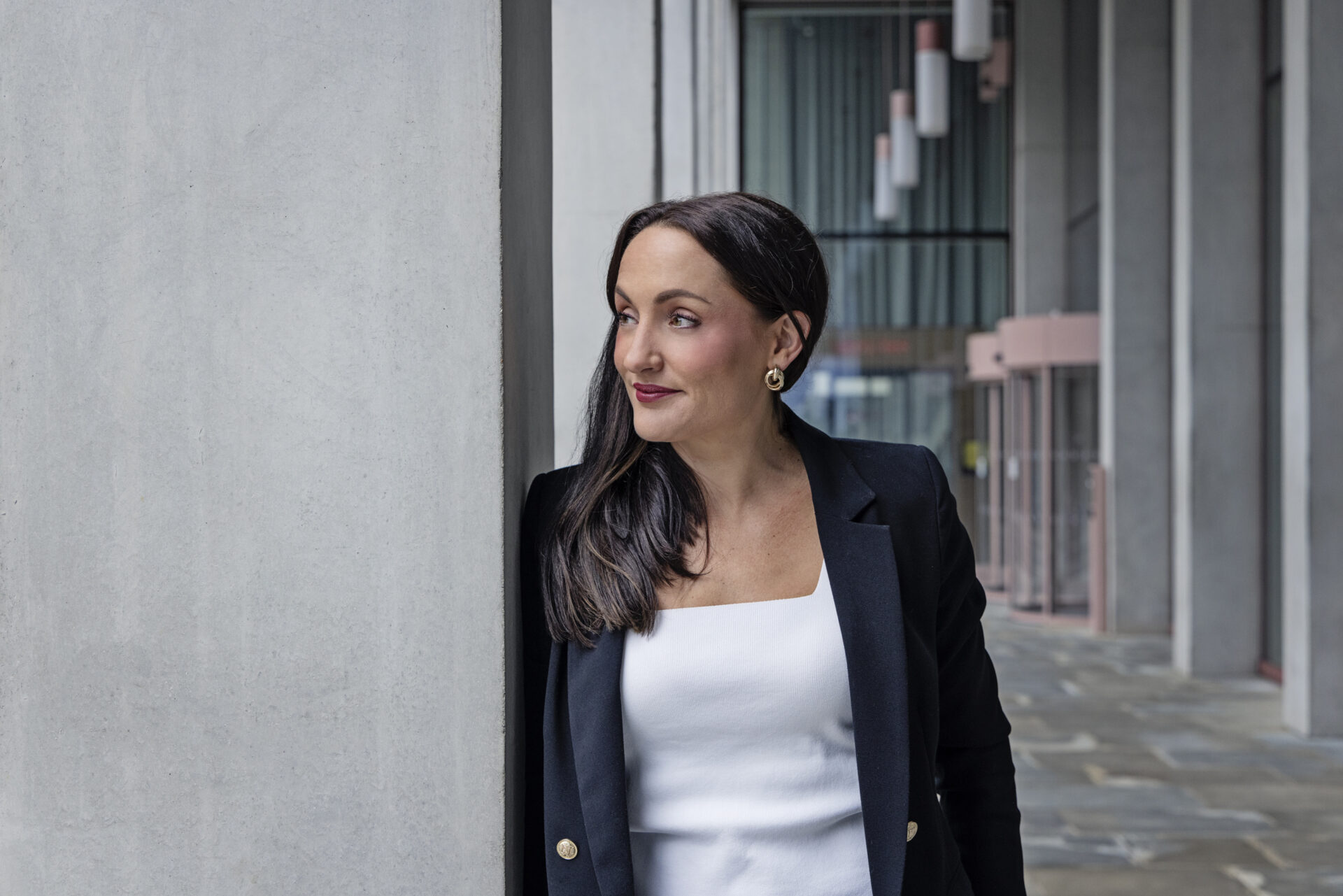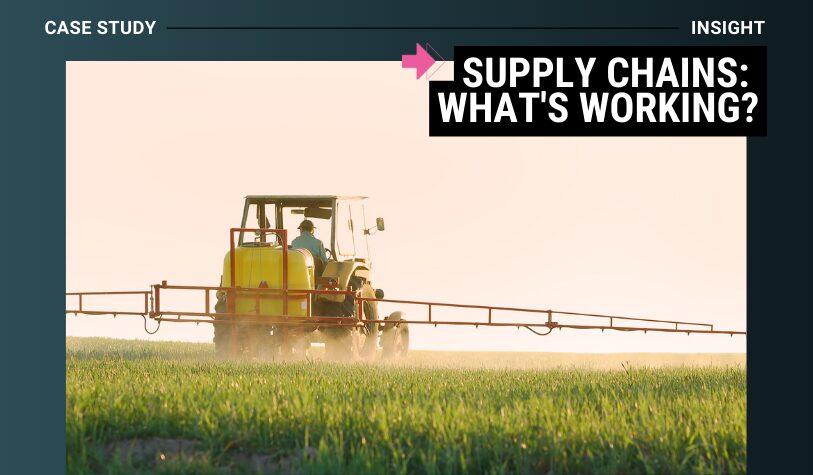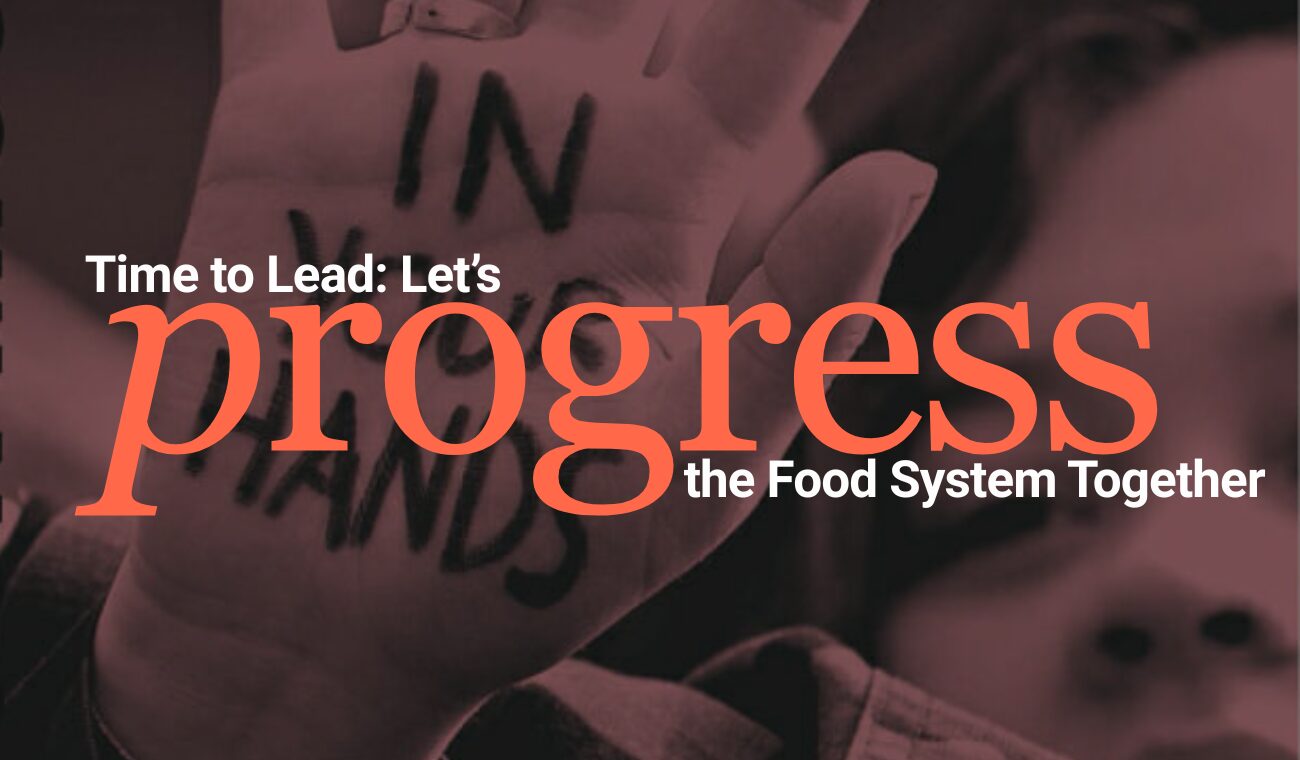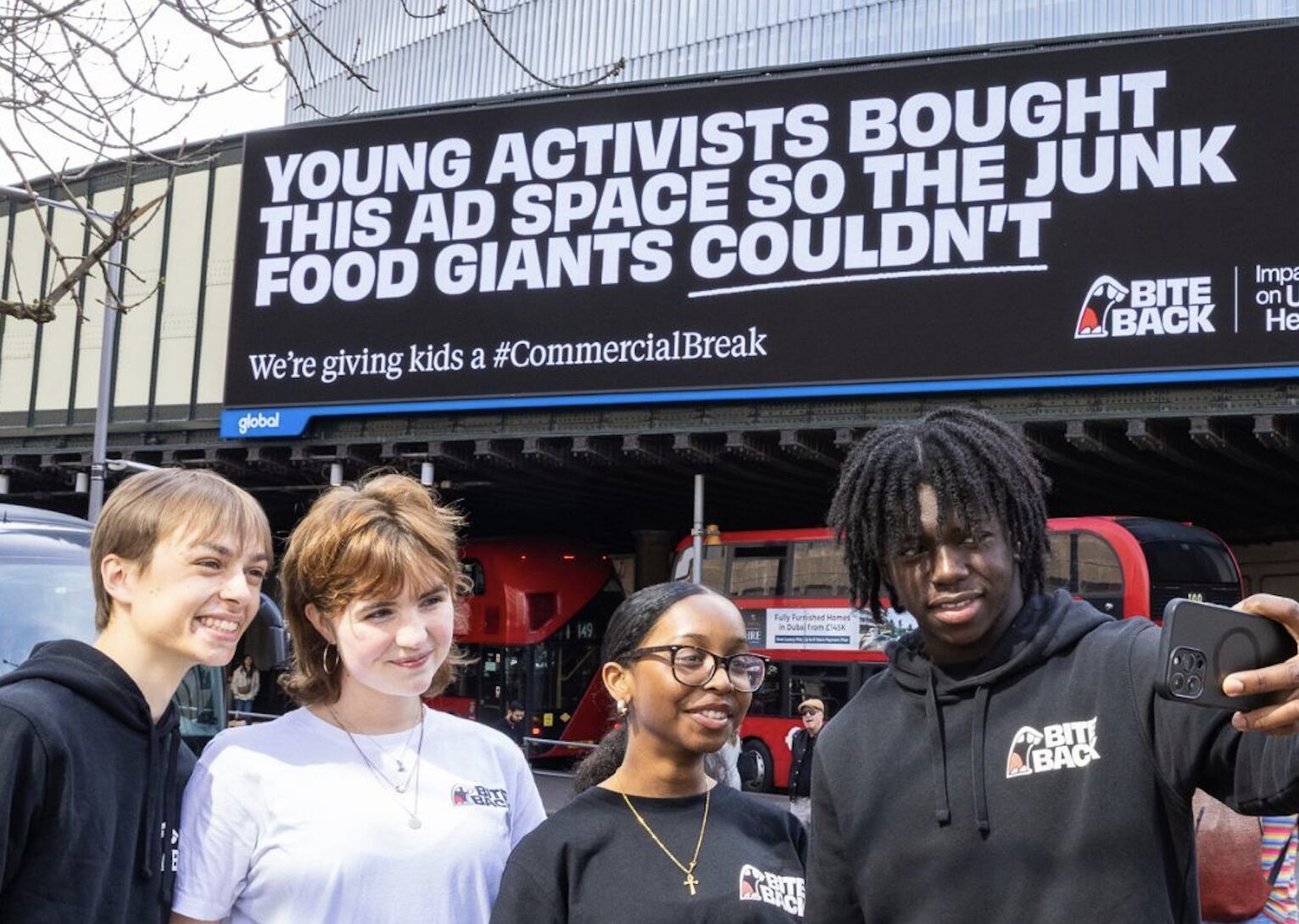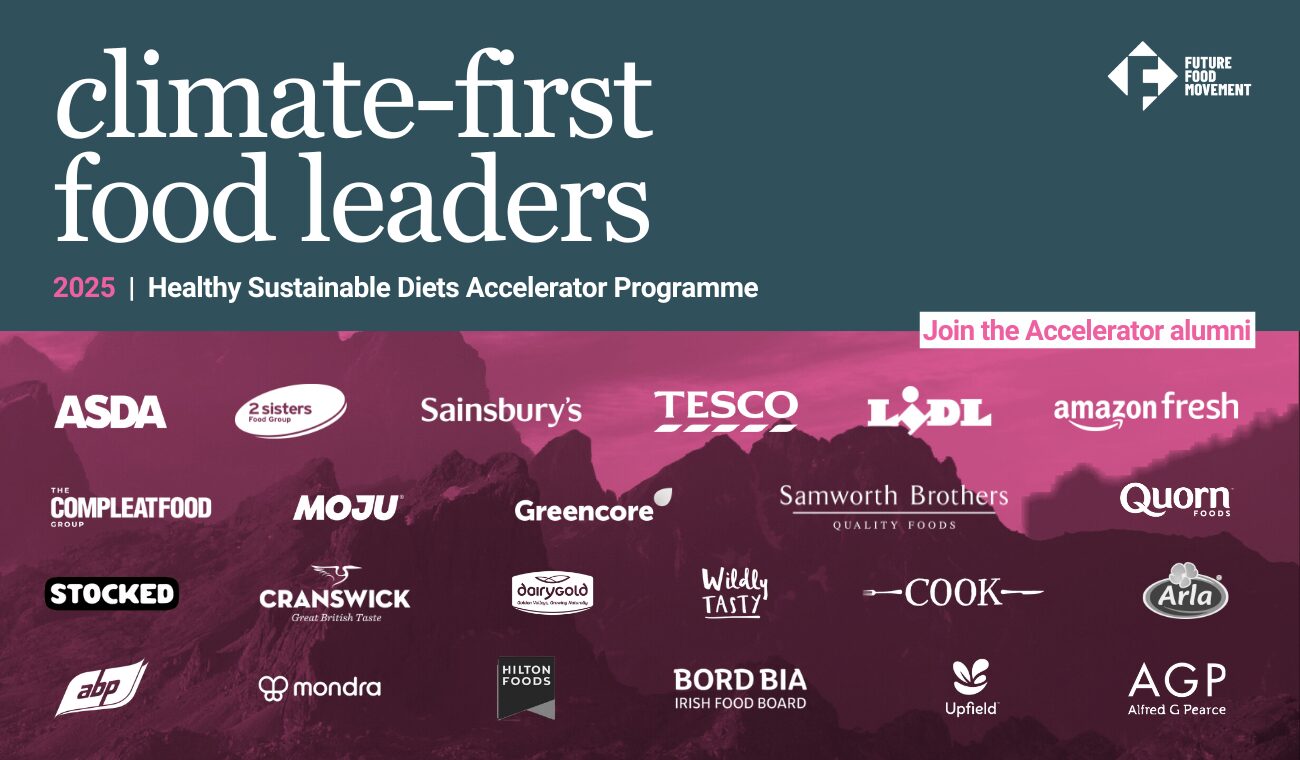Anna Jackson, a passionate farmer on our Farmer Advisory Board, is dedicated to regenerative agriculture, striving to balance sustainability with economic viability. She is committed to reducing chemical reliance, diversifying crops and building a circular farming system. However, the path to a more sustainable food system is not without challenges – from market pressures to financial risks.
The Regenerative Approach
On her farm, livestock plays a vital role in reducing chemical dependency. “Without sheep, we wouldn’t be able to cut our chemical usage, and we’d be left with huge input costs,” Anna explains. By working with natural systems and minimising synthetic inputs, she is making farming more resilient for future generations.
She is also eager to diversify her crops to align with consumer demand for healthier, more sustainable food. However, economic barriers make this shift difficult: ”Farmers are willing to grow different things that are on trend, but we’re just not being paid to grow them. We need incentives.” Anna is working with Wildfarmed, which champions regenerative farming practices and provides a market for sustainable grains. She sees models like this as essential in bridging the gap between farmers and consumers, ensuring that those growing food in an environmentally responsible way are fairly rewarded.
Opportunities for Change
One area where Anna sees potential is beans and pulses – low-impact, nutrient-rich crops that align with sustainability goals. However, there is a disconnect between what farmers grow and what they are paid. ”I’d love to see the price of beans go up, but I know it won’t,” she says.
Greater collaboration with retailers and consumers could shift demand toward regenerative produce. Anna highlights the need for better communication between farmers and buyers: ”It would be great to know what’s missing in supermarkets – what people actually want us to grow.”
Beans, Oats… Quinoa… and “Boats”
One of Anna’s biggest successes has been growing beans and oats together, a system she calls ”boats.” ”We grow beans with our oats, and they support each other naturally, reducing the need for chemicals,” she explains. This intercropping method not only improves soil health but also aligns with consumer interest in sustainable, plant-based options.
She has also experimented with quinoa, a protein-rich crop that has gained popularity in the UK. While quinoa presents an exciting opportunity for local production of plant-based proteins, Anna faces uncertain demand and pricing. “We grow quinoa, but it’s a tough market. There’s potential, but we need consistent demand and better prices to make it viable.” Despite the environmental and nutritional benefits of these crops, market barriers remain a challenge. “Beans are doing really well, but we’re just not being paid enough to grow them,” she says. Without fair pricing and stronger demand, scaling up regenerative solutions remains difficult.
The Challenges Ahead
Transitioning away from traditional farming comes with high financial risks. “Right now, it’s just too risky to grow anything but wheat as a break crop,” Anna explains. Without buyer commitment, investment, and supportive policies, many farmers will struggle to embrace regenerative practices at scale. Additionally, policy and incentive structures need urgent reform. “You need to give farmers a reason to grow better and more diverse food,” she insists. Without financial security, sustainability remains an ideal rather than a reality.
What’s Next?
Anna Jackson’s story highlights the urgent need for systemic change – where farmers, retailers, the out-of-home sector, investors, and policymakers work together to create a fairer, more resilient, and sustainable food system.
“You don’t have a business without us,” she reminds the industry. ”We want you to buy our products, but we need your support to make it work.”



